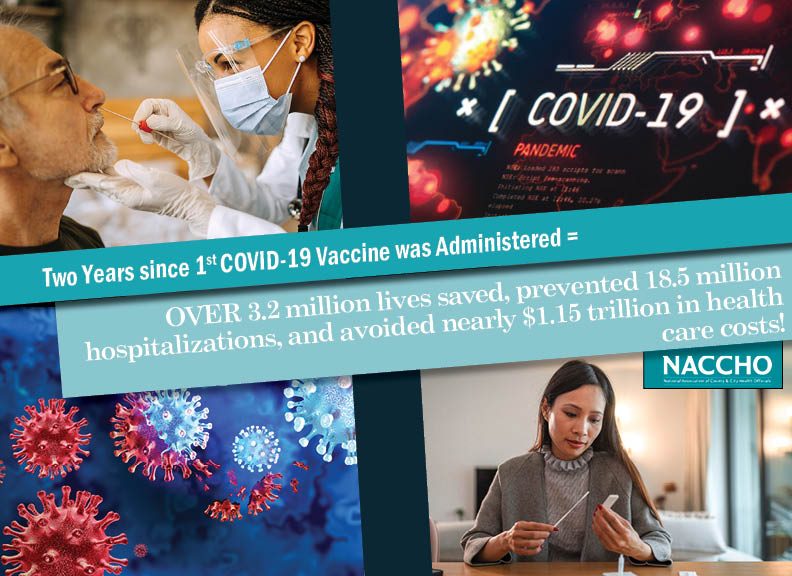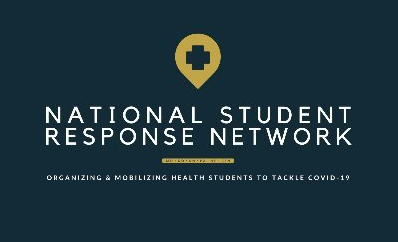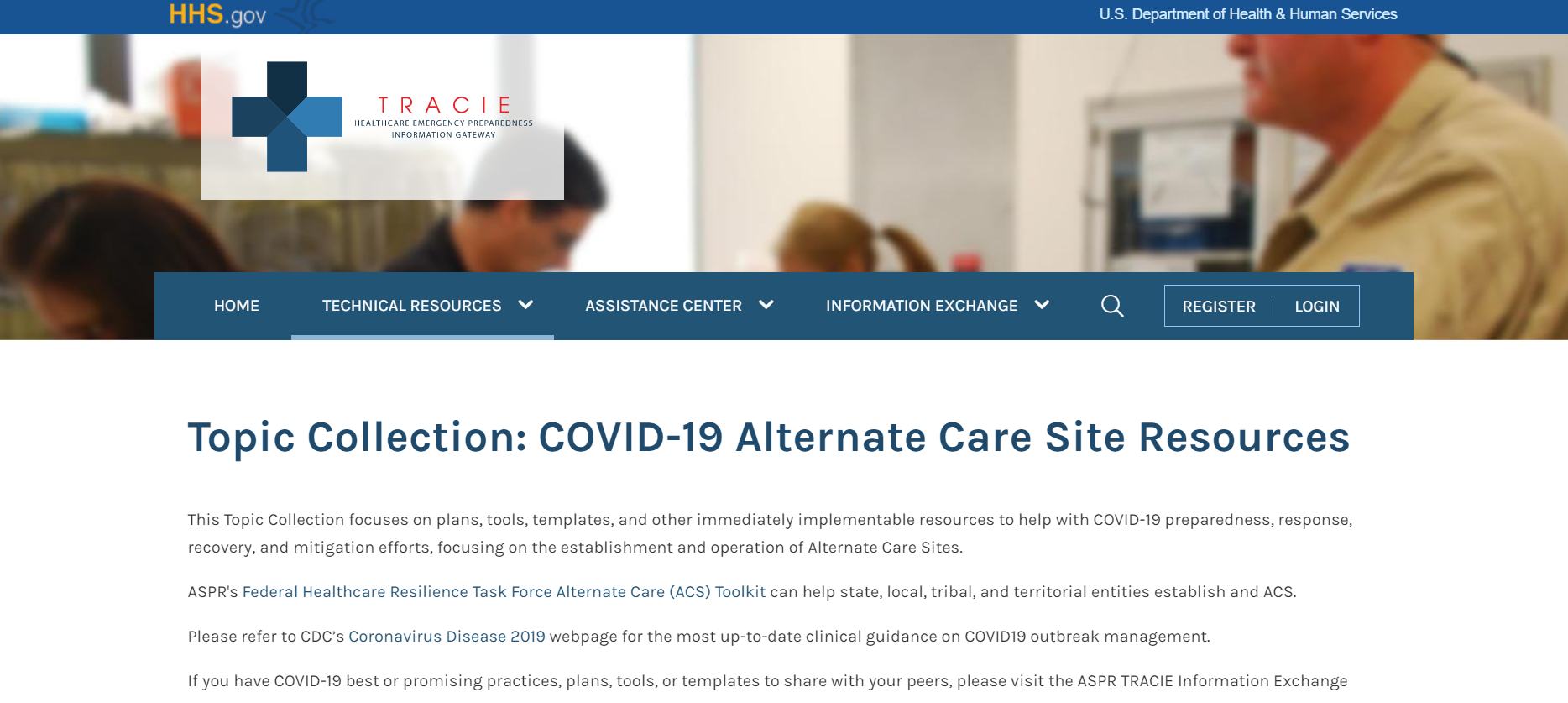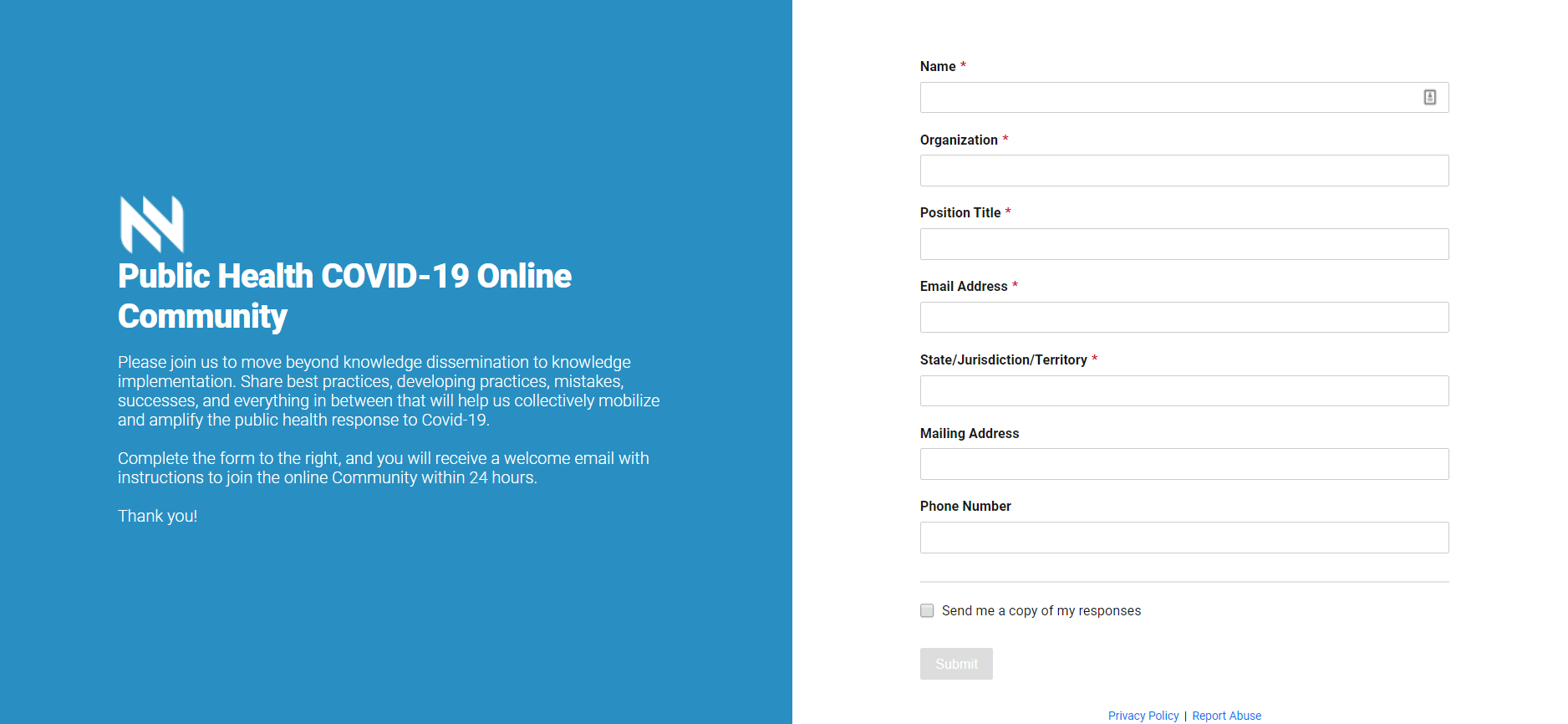Popular Categories
Medical Countermeasures Workgroup January Report
The Medical Countermeasures (MCM) Workgroup held their monthly meeting and the first of 2014 on Jan. 13. The members discussed their...
Jan 30, 2014 | Lisa Brown
Meeting the Access and Functional Needs of At-Risk Individuals: An Interview with...
This is the first part of a series of interviews with local health department staff who will present at the 2014 Preparedness Summit....
Jan 30, 2014 | Admin
NACCHO’s 2013 National Profile of Local Health Departments Shows Continued Funding...
On Jan. 21, NACCHO released the report of findings and data from the 2013 National Profile of Local Health Departments (Profile)...
Jan 28, 2014 | Frances Bevington
WebWISER 4.5 Released
In January 2014, the National Library of Medicine announced that WebWISER 4.5 is now available. This new release integrates Chemical...
Jan 22, 2014 | Andy Roszak
NACCHO Funds 29 Innovative Public Health Projects through the Medical Reserve Corps...
NACCHO, in partnership with the Division of the Civilian Volunteer Medical Reserve Corps, has selected 29 Medical Reserve Corps (MRC)...
Jan 16, 2014 | Admin
Opinion: Health reform can lead to more resilient communities
Dr. Nicole Lurie, Assistant Secretary for Preparedness and Response at the U.S. Department of Health and Human Services, recently...
Jan 15, 2014 | Sara Rubin
The Hazmat Spill in West Virginia: What It Means for Local Public and Environmental...
A week after Freedom Industries leaked approximately 7,500 gallons of 4-methylcyclohexane methanol (MCHM) from a storage facility...
Jan 14, 2014 | Justin Snair
Essential Functions and Considerations for Hospital Recovery
The Harvard School of Public Health Emergency Preparedness and Response Exercise Program, in collaboration with the Massachusetts...
Jan 07, 2014 | Admin
The Local Role in Improving Chemical Facility Safety and Security: January Chemical...
Several hundred thousand facilities in communities throughout the United States use, manufacture, store, transport, or deliver...
Jan 06, 2014 | Justin Snair
Medical Countermeasures Workgroup January ReportThe Medical Countermeasures (MCM) Workgroup held their monthly meeting and the first of 2014 on Jan. 13. The members discussed their involvement in the CDC Phase 3 Medical Countermeasures Plus Readiness Initiative. Members had the opportunity to review a finished draft of the tool from a holistic point of view. The members also discussed the local public […] Jan 30, 2014 | Lisa Brown |
Meeting the Access and Functional Needs of At-Risk Individuals: An Interview with Paulette ValentineThis is the first part of a series of interviews with local health department staff who will present at the 2014 Preparedness Summit. Paulette Valentine, Director of the Emergency Preparedness and Response Division at the Southwest Utah Public Health Department, previews her session, “Strategies to Assess, Plan for, and Engage Partners to Meet the Access […] Jan 30, 2014 | Admin |
NACCHO’s 2013 National Profile of Local Health Departments Shows Continued Funding Cuts for PreparednessOn Jan. 21, NACCHO released the report of findings and data from the 2013 National Profile of Local Health Departments (Profile) study, demonstrating continued funding cuts across several programmatic areas at local health departments (LHDs), including emergency preparedness Jan 28, 2014 | Frances Bevington |
WebWISER 4.5 ReleasedIn January 2014, the National Library of Medicine announced that WebWISER 4.5 is now available. This new release integrates Chemical Hazards Emergency Medical Management (CHEMM) content and updates the Emergency Response Guidebook (ERG) content from 2012. WISER is a system designed to assist emergency responders in hazardous material incidents by providing a wide range of information on hazardous... Jan 22, 2014 | Andy Roszak |
NACCHO Funds 29 Innovative Public Health Projects through the Medical Reserve Corps Challenge AwardNACCHO, in partnership with the Division of the Civilian Volunteer Medical Reserve Corps, has selected 29 Medical Reserve Corps (MRC) units to receive MRC Challenge Awards, totaling nearly $600,000. The MRC Challenge Award supports MRC units to develop new projects and programs that can be replicated on a national level. Nearly 200 MRC units from […] Jan 16, 2014 | Admin |
Opinion: Health reform can lead to more resilient communitiesDr. Nicole Lurie, Assistant Secretary for Preparedness and Response at the U.S. Department of Health and Human Services, recently wrote an op-ed featured in the Huffington Post, “Health Reform in Your Emergency Kit.” While the full implications of the Affordable Care Act (ACA) have yet to be explored for public health preparedness, Dr. Lurie argues […] Jan 15, 2014 | Sara Rubin |
The Hazmat Spill in West Virginia: What It Means for Local Public and Environmental HealthA week after Freedom Industries leaked approximately 7,500 gallons of 4-methylcyclohexane methanol (MCHM) from a storage facility along the Elk River near Charleston, West Virginia, questions have emerged over whether state and federal regulations were adequate enough to prevent the spill. Reports[i] indicate that the facility has not been subject to a federal inspection in over 20 years […] Jan 14, 2014 | Justin Snair |
Essential Functions and Considerations for Hospital RecoveryThe Harvard School of Public Health Emergency Preparedness and Response Exercise Program, in collaboration with the Massachusetts Department of Public Health (MDPH) Emergency Preparedness Bureau, has released the “Essential Functions and Considerations for Hospital Recovery” document. This resource can help hospitals prepare to manage their recovery from emergencies of all types.... Jan 07, 2014 | Admin |
The Local Role in Improving Chemical Facility Safety and Security: January Chemical Safety Listening SessionsSeveral hundred thousand facilities in communities throughout the United States use, manufacture, store, transport, or deliver chemicals in some manner, encompassing everything from petroleum refineries to pharmaceutical manufacturers to hardware stores. Due to its size and characteristics, the Chemical Sector may be an attractive target for attack or be at risk of incidents caused by […] Jan 06, 2014 | Justin Snair |
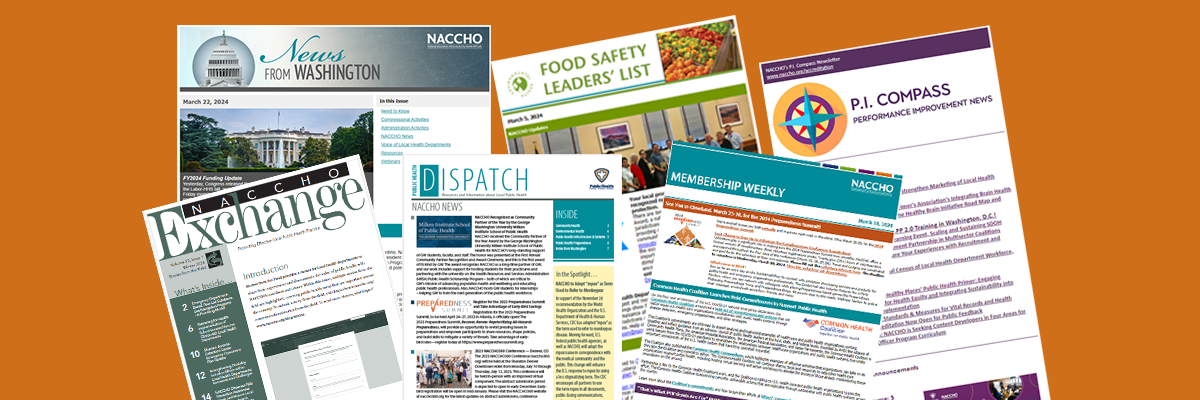
Subscribe Today
Sign Up for the E-mail Digests
Create an account or login to MyNACCHO and go to "My Subscriptions."
SUBSCRIBE NOW